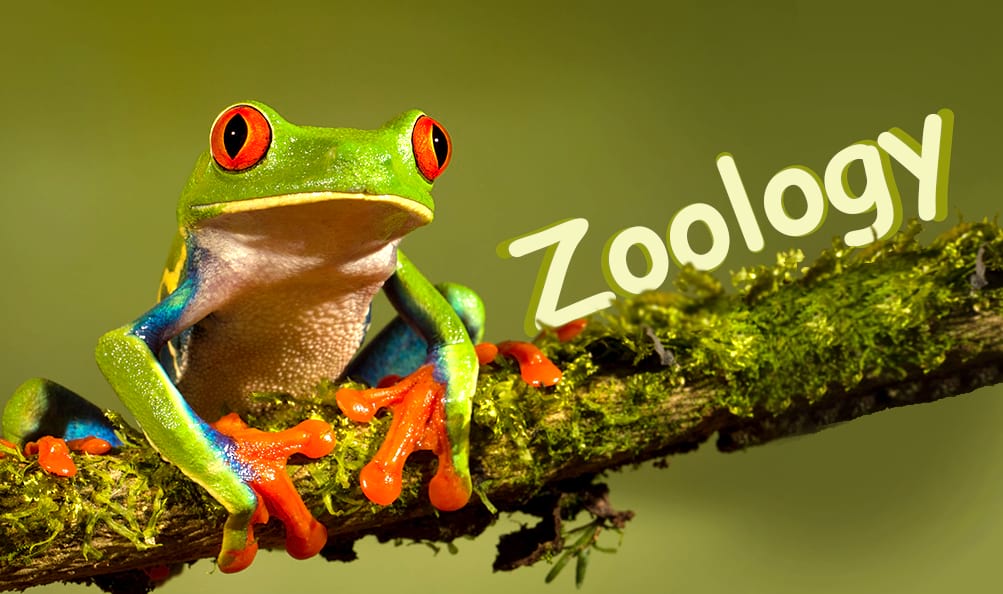Circulatory systems transport essential materials throughout multicellular organisms. This chapter investigates the composition of blood and lymph, and the structure and function of the human cardiovascular system. It explains the cardiac cycle, blood pressure regulation, and the formation of tissue fluid and lymph. The chapter also compares different types of circulatory systems found across the animal kingdom, from open circulatory systems in invertebrates to the complex four-chambered hearts of mammals and birds.
Chapter 7: Body Fluids and Circulation
Body Fluids
Blood
Blood is a specialized connective tissue consisting of a fluid matrix called plasma and formed elements.
Composition of Blood:
- Plasma (55%): Straw-colored fluid component
- Water (90-92%): Main component
- Proteins (7-8%): Albumins, globulins, fibrinogen
- Nutrients: Glucose, amino acids, lipids, vitamins
- Waste products: Urea, uric acid, creatinine
- Gases: Oxygen, carbon dioxide
- Hormones, enzymes, ions
- Formed Elements (45%):
- Erythrocytes (RBCs): 5-6 million/mm³, biconcave discs without nucleus
- Function: Transport oxygen (contain hemoglobin)
- Formation: Bone marrow (erythropoiesis)
- Lifespan: 120 days
- Leukocytes (WBCs): 5000-9000/mm³, nucleated cells
- Granulocytes: Neutrophils, eosinophils, basophils
- Agranulocytes: Lymphocytes, monocytes
- Function: Defense against infections
- Platelets (Thrombocytes): 150,000-350,000/mm³, cell fragments
- Function: Blood clotting
- Erythrocytes (RBCs): 5-6 million/mm³, biconcave discs without nucleus
Blood Groups
- ABO System: Based on presence/absence of antigens A and B on RBC surface
- Type A: Antigen A, antibody anti-B
- Type B: Antigen B, antibody anti-A
- Type AB: Both antigens, no antibodies
- Type O: No antigens, both antibodies
- Rh System: Based on presence/absence of Rh factor (Rh antigen)
- Rh⁺: Have Rh factor
- Rh⁻: Lack Rh factor
Blood Coagulation (Clotting)
Process preventing excessive blood loss through formation of clot:
- Platelets + damaged tissue release thromboplastin
- Thromboplastin + Ca²⁺ converts prothrombin to thrombin
- Thrombin converts soluble fibrinogen to insoluble fibrin
- Fibrin forms mesh trapping blood cells = clot
Lymph
- Clear, colorless fluid derived from tissue fluid
- Composition similar to plasma but less protein
- Contains lymphocytes (WBCs)
- Functions:
- Returns proteins from tissues to blood
- Transports fats from intestine to blood
- Provides immune defense
Circulatory System
Types of Circulation
- Open Circulation: Blood flows through open spaces (sinuses) rather than vessels
- Example: Arthropods, molluscs (except cephalopods)
- Closed Circulation: Blood flows through closed vessels
- Example: Annelids, cephalopods, vertebrates
Human Circulatory System
Consists of heart, blood vessels, and blood.
Heart
- Located in thoracic cavity between lungs
- Size: About the size of a clenched fist
- Protected by pericardium (double-layered membrane)
- Chambers:
- Two atria (upper chambers): Receive blood
- Two ventricles (lower chambers): Pump blood
- Valves:
- Tricuspid valve: Between right atrium and ventricle
- Bicuspid/Mitral valve: Between left atrium and ventricle
- Semilunar valves: At the base of aorta and pulmonary artery
Cardiac Cycle
Sequence of events in one heartbeat:
- Atrial Systole (0.1 sec): Atria contract, blood flows to ventricles
- Ventricular Systole (0.3 sec): Ventricles contract, blood flows to arteries
- Cardiac Diastole (0.4 sec): All chambers relax
- Total duration: 0.8 seconds
- Heart rate: About 72 beats per minute
Electrocardiogram (ECG)
Graphical representation of electrical activity of heart:
- P wave: Atrial depolarization (before atrial contraction)
- QRS complex: Ventricular depolarization (before ventricular contraction)
- T wave: Ventricular repolarization (recovery)
Double Circulation
Blood passes through the heart twice in one complete circuit:
- Pulmonary Circulation: Right heart → Lungs → Left heart
- Deoxygenated blood from body → right heart → lungs → oxygenated blood to left heart
- Systemic Circulation: Left heart → Body tissues → Right heart
- Oxygenated blood from left heart → body tissues → deoxygenated blood to right heart
Blood Vessels
- Arteries: Carry blood away from heart
- Thick, elastic walls, no valves
- Carry oxygenated blood (except pulmonary artery)
- Veins: Carry blood toward heart
- Thinner walls, have valves
- Carry deoxygenated blood (except pulmonary vein)
- Capillaries: Connect arterioles and venules
- Single layer of cells for exchange of materials
- Site of exchange between blood and tissues
Major Blood Vessels
- Arteries:
- Aorta: Largest artery, from left ventricle
- Pulmonary artery: From right ventricle to lungs
- Coronary arteries: Supply heart muscle
- Veins:
- Venae cavae (superior and inferior): Return blood to right atrium
- Pulmonary veins: From lungs to left atrium
- Hepatic portal vein: From intestine to liver
Regulation of Cardiac Activity
- Intrinsic Regulation:
- Sinoatrial node (SA node): Pacemaker, initiates heartbeat
- Atrioventricular node (AV node): Delays impulse before ventricular contraction
- Purkinje fibers: Conduct impulse throughout ventricles
- Extrinsic Regulation:
- Autonomic nervous system:
- Sympathetic: Accelerates heartbeat
- Parasympathetic (vagus nerve): Slows heartbeat
- Hormones: Adrenaline increases heart rate
- Autonomic nervous system:
Disorders of Circulatory System
- Hypertension: High blood pressure (>140/90 mmHg)
- Coronary Artery Disease: Narrowing of coronary arteries
- Angina Pectoris: Chest pain due to insufficient oxygen to heart muscle
- Heart Attack (Myocardial Infarction): Death of heart muscle due to blocked blood supply
- Rheumatic Heart Disease: Damaged heart valves following streptococcal infection
- Anemia: Reduced hemoglobin or RBC count
- Leukemia: Cancer of blood-forming tissues
Complete Chapter-wise Hsslive Plus One Zoology Notes
Our HSSLive Plus One Zoology Notes cover all chapters with key focus areas to help you organize your study effectively:
- Chapter 1 The Living World
- Chapter 2 Animal Kingdom
- Chapter 3 Structural Organisation in Animals
- Chapter 4 Biomolecules
- Chapter 5 Digestion and Absorption
- Chapter 6 Breathing and Exchange of Gases
- Chapter 7 Body Fluids and Circulation
- Chapter 8 Excretory Products and their Elimination
- Chapter 9 Locomotion and Movement
- Chapter 10 Neural Control and Coordination
- Chapter 11 Chemical Coordination and integration
